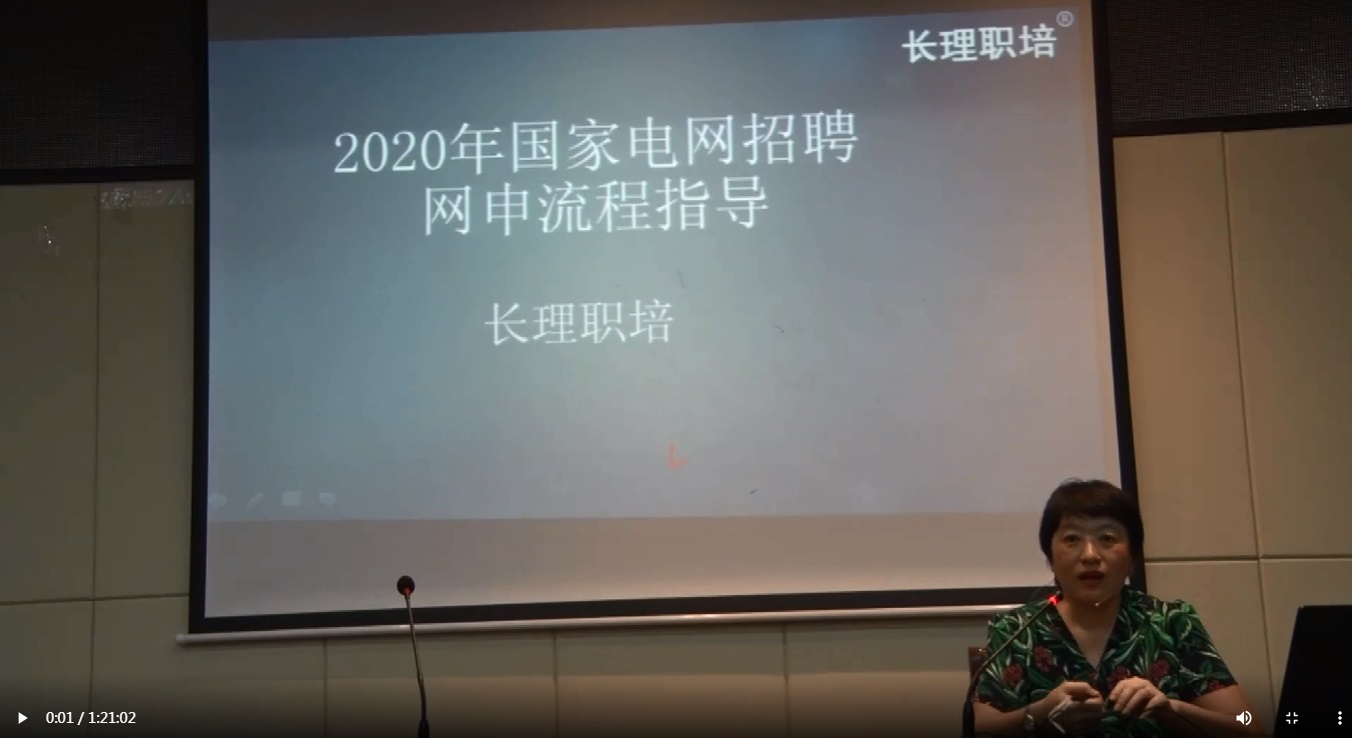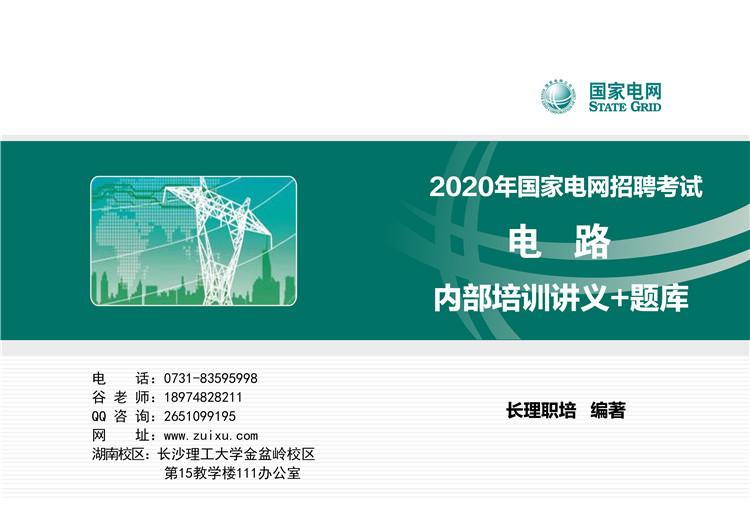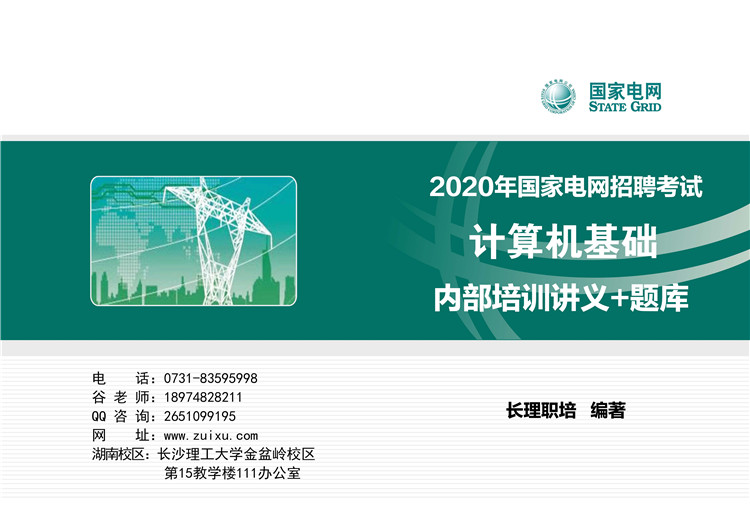The Inner Mongolia Autonomous Region, bordering to the north with both the Republic of Mongolia and Russia, is the widest province in China (by its latitude). It is the third largest Chinese province (over 1.1 million square kilometers or 424,736 square miles) but not very populated. The province has about 24 million inhabitants. Many ethnic groups are living in this area including Mongolian, Daur, Oroqen, Ewenki, Hui, Han, Korea and Manchu. Hohhot is the capital of Inner Mongolia.
When to go
Climate in Inner Mongolia is very different during the year. Winter is cold and can be very long, with frequent blizzards. Usually summer is short and warm. The climate changes from arid to semi-humid from west to east, and to humid in the northeast. The annual rainfall is 80 - 450 millimeters, also increasing from west to east. The main feature of the climate here is that the different in temperature between days and nights is very big, so tourists should wear layer of clothes when traveling here.
What to see
Inner Mongolia has a peculiar natural scenery, long history and brilliant culture. There are many historic sites in this area. Some of the key historic sites are:
Wudangzhao Monastery in Baotou is a vast complex and used to be the residence of the highest ranking lama in Inner Mongolia and now it is the only intact Tibetan Buddhist monastery in Inner Mongolia.
Inner Mongolia is the hometown of Genghis Khan (1162-1227), the great leader of Mongolians. His Mausoleum, located 185 kilometers (about 71 miles) south of Baotou, holds his clothing buried in his memory.
Dazhao Temple is one of the biggest and best-preserved temples in Hohhot. Xilituzhao Palace is the largest surviving Lama temple in Hohhot.
Zhaojun Tomb, six miles to the south of Hohhot, is located on one of the most beautiful scenes of ancient times. A legend says that each year, when it turned cold and grass became yellow, only this tomb remained green and so it got the name Green Tomb (Qing Zhong).
Wanbu Huayanjin Pagoda, also called White Pagoda, used to be a place where nearly ten thousand volumes of Huayan Scripture were preserved. It is an exquisite and magnificent brick-wood structure about one hundred and fifty feet tall.
But what is most attractive about Inner Mongolia is its natural beauty. Vast grasslands, including the Xilamuren Grassland, Gegentala Grassland and Huitengxile Grassland are all good places for a grassland experience. The mushroom-like yurts, bright sky, fresh air, rolling grass and the flocks and herds moving like white clouds on the remote grassland, all contribute to make the scenery a very relaxing one. While visiting Inner Mongolia you may try different activities such as Mongolian wrestling, horse & camel riding, rodeo competitions, archery, visiting traditional families and enjoying the graceful Mongolian singing and dancing. The best time to visit the grassland is definitely during the traditional Mongolian Nadam Festival period when there is a better chance to both participate and feel the lively atmosphere of the grassland life.
You can also visit deserts in Inner Mongolia. The deserts are located in the western part of the province: the most famous and visited ones are the Badain Jaran Desert, Tengger Desert and Kubuqi Desert. Early autumn (from the middle of August to the end of September) is the best time to explore the desert as the temperatures are very temperate.
编辑推荐:

温馨提示:因考试政策、内容不断变化与调整,长理培训网站提供的以上信息仅供参考,如有异议,请考生以权威部门公布的内容为准! (责任编辑:长理培训)






















点击加载更多评论>>